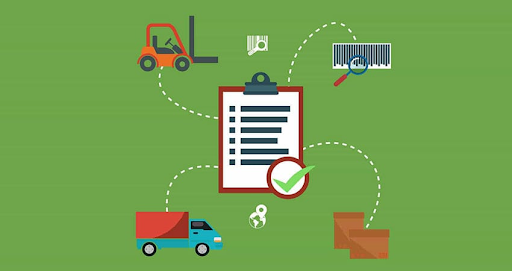Is Micro-Fulfillment Right for Your Business? Mini- Guide

The desire for internet purchasing has increased since the beginning of this COVID-19 pandemic. Online shoppers who previously shied away from doing so are suddenly swarming to make purchases. Businesses that did not invest in e-commerce have paid a high price. It is obvious that brick-and-mortar stores are being replaced by e-commerce firms. So, should entrepreneurs look for micro-fulfillment?
The quick-changing client demand cannot be met by conventional distribution centers. Micro-fulfillment centers have proven successful in meeting the demand for sustainable fulfillment solutions. Curbside delivery, dark storefronts, and Buy Online Pick-up In Store (BOPIS) are a few examples of micro-fulfillment e-commerce strategies.
What is Micro-Fulfillment?
Online orders are filled using a logistical approach called micro-fulfillment at facilities near the final consumer. MFCs, or “micro-fulfillment centers,” are what these are known.
Depending on the size of the store and the location of its clients, it may employ a single localized fulfillment facility to cover a local or national footprint. MFCs are considerably smaller, ranging from 2,000 to 10,000 square feet, than a typical distribution center, which can be up to 800,000 square feet in size.
By delivering products to key sites in either urban or suburban areas, e-commerce order fulfillment aims to accomplish last-mile delivery that is quicker and less expensive. In order to direct order pickup activities along the most efficient travel routes, modern automation technology is used, such as real-time Order Management Systems (OMS) and handheld terminals.
Where can MFCs be used?
➤Dark stores
Dark stores or retail stores have emerged as the new solution in an era where consumers place more orders online and expect free and quick shipment. Without any in-store traffic, it enables retail establishments to complete consumer orders. MFCs are becoming more and more relevant in this fulfilling approach.
➤High-transaction items
High-turnover industries utilize micro-fulfillment centers to handle their inventory. These industries include retail food markets, bakeries, grocery stores, some pharma items, etc.
➤Goods with fluctuating demand
Traditional supply chains cannot respond quickly enough to products with unstable demand because of their long lead times. Micro-fulfillment centers are an excellent choice for products with seasonal demand, necessities that must be perishable, and long-lasting food items that are needed in crises. These include things like candles, toilet paper, blankets, bread, and cosmetics, among others.
➤Decentralized approach inventory
Companies that have effective delivery logistics systems and strong inventory management are good candidates for micro-fulfillment centers. We need a logistics partner who can put a decentralized inventory strategy into practice. Logistics operations become more complex when there are several inventory nodes used.
Final Thoughts
Many e-commerce firms are now using micro-fulfillment centers as a result of the rise in same-day delivery demand. Fast-growing e-commerce industries like healthcare, fashion, food, etc., will adopt centers once they begin to expand effectively.
Additionally, understanding micro-fulfillment will seriously assist your organization and requires extensive research into customer purchasing patterns and long-term inventory trends. For this reason, it’s a good idea to work with seasoned fulfillment suppliers. They can determine whether or not a micro-fulfillment approach is appropriate for you.




